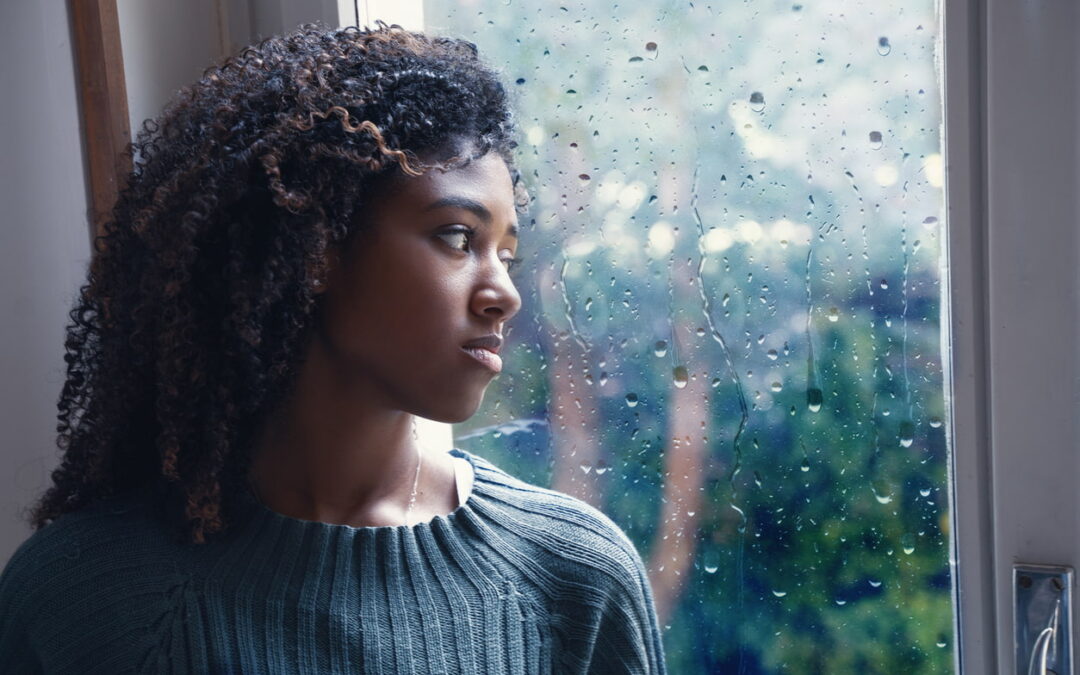What is SAD?
Seasonal Affective D (SAD) disorder is a form of depression. Typically, it begins and ends in conjunction with the changes of seasons. Most cases of SAD relate to the winter when the number of daylight hours decreases. Some folks experience seasonal depression in the summer months. Common SAD symptoms include:
- Shifts in eating habits, e.g. appetite changes, craving foods high in carbohydrates, and weight gain
- Sleep disturbances, oversleeping
- Feeling low-energy or sluggish
- Agitation, difficulty staying focused
- Losing interest in hobbies or other activities you previously enjoyed
In more severe cases, people with SAD will feel depressed nearly every day.
The Negative Link Between Isolation and Seasonal Affective Disorder
Sometimes, people choose isolation or even silence. They may even go on retreats to seek out these sensory experiences. COVID-19 and the ensuing lockdowns imposed such changes without warning and without our “permission.” As a result, our social patterns have been severely interrupted. For example:
- Working from home
- Loss of daily routines and rituals
- Socializing via digital means
- Virtual schooling
- Holidays and events left uncelebrated
- The mere act of visiting someone who is sick or lonely is seen as dangerous
Some social norms may be altered forever. Even those that will eventually return may still feel like they’re a long way
away. On its own, these developments are enough to induce mental stress and possibly, depression. We are now seeing the outcome when quarantines meet SAD.
People are not only lonely and depressed. They are also confused and resentful. It feels like we get contradictory advice on a daily basis and this is adding to the problem. Some self-help options to consider are:
- Getting sunshine in the early morning hours
- Daily exercise and activity
- Maintain regular sleep patterns
- Make healthy eating choices
- Stay connected — virtually at least — with people who support you
- Practice gratitude
- Practice mindfulness
Another powerful is step is to take regular breaks from your device. Your news feed can be an hourly source of stress. It adds to feelings like paranoia and resentment. It also fuels the sense that you are missing out more than anyone else. Schedule in tech breaks throughout your day.
Use that time instead to seek out sources of joy and laughter. You may need to talk with someone about all this (see below). But, in the meantime, create balance.
What’s Next?
Perhaps the most productive “next” thing would be to accept what is and isn’t under your control. Most of the events described above are beyond your influence. However, you certainly have the power to seek solutions. Thus, “what’s next” for you could be making a commitment to depression treatment.
Issues like isolation, depression, and anxiety are never to be taken lightly. Working with a seasoned guide allows you to explore such problems and the underlying factors that help create them. If this sounds like something you need, please read more about depression treatment. I am here to help. I now offer online video sessions that can be catered to your current needs and situation. Let’s get things started by scheduling a confidential consultation soon.

